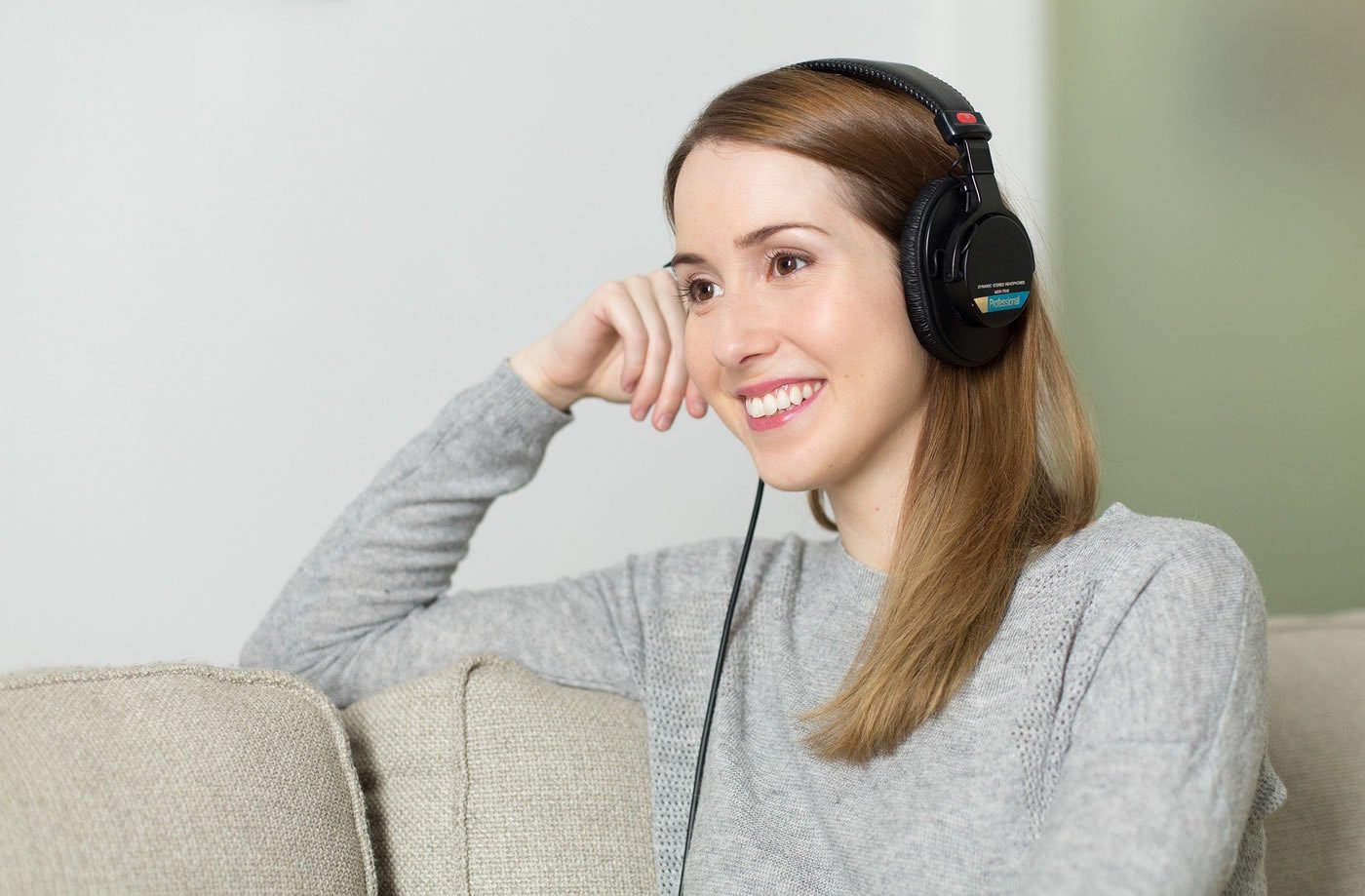If you are one of the 10% of stroke patients having seizures you'll want to discuss this with your doctor for possible options to your seizures. And if your doctor doesn't already have a music protocol then s/he is totally fucking incompetent.
music (94 posts back to March 2011)
music therapy (53 posts back to October 2014)
musical training (13 posts back to June 2014)
Or very very specifically this:
The Mozart effect - Useful in stroke music therapy? April 2019
Mozart may reduce seizure frequency in people with epilepsy
Summary: Listening to Mozart’s “Sonata for Two Pianos in D Major, K. 448” daily may reduce seizure activity for those with epilepsy.
Source: University Health Network
A new clinical research study by Dr. Marjan Rafiee and Dr. Taufik Valiante of the Krembil Brain Institute at Toronto Western Hospital, part of University Health Network, has found that a Mozart composition may reduce seizure frequency in patients with epilepsy.
The results of the research study, “The Rhyme and Rhythm of Music in Epilepsy,” was recently published in the international journal Epilepsia Open. It looks at the effects of the Mozart melody, “Sonata for Two Pianos in D Major, K. 448” on reducing seizures, as compared to another auditory stimulus – a scrambled version of the original Mozart composition, with similar mathematical features, but shuffled randomly and lacking any rhythmicity.
“In the past 15 to 20 years, we have learned a lot about how listening to one of Mozart’s compositions in individuals with epilepsy appears to demonstrate a reduction in seizure frequency,” says Dr. Marjan Rafiee, lead author on the study. “But, one of the questions that still needed to be answered was whether individuals would show a similar reduction in seizure frequency by listening to another auditory stimulus – a control piece – as compared to Mozart.”
The researchers recruited 13 patients to participate in the novel, year-long study. After three months of a baseline period, half of the patients listened to Mozart’s Sonata once daily for three months, then switched to the scrambled version for three months. The others started the intervention by listening to the scrambled version for three months, then switched to daily listening of Mozart.
Patients kept “seizure diaries” to document their seizure frequency during the intervention. Their medications were kept unchanged during the course of the study.
“Our results showed daily listening to the first movement of Mozart K.448 was associated with reducing seizure frequency in adult individuals with epilepsy,” says Dr. Rafiee. “This suggests that daily Mozart listening may be considered as a supplemental therapeutic option to reduce seizures in individuals with epilepsy.”
Epilepsy is the most common serious neurological disorder in the world, affecting approximately 300,000 Canadians and 50 million people worldwide.

“As a surgeon, I have the pleasure of seeing individuals benefit from surgery, however I also know well those individuals for whom surgery is not an option, or those who have not benefitted from surgery, so, we are always looking for ways to improve symptom control, and improve quality of life for those with epilepsy,” says Dr. Taufik Valiante, senior author of the study and the Director of the Surgical Epilepsy Program at Krembil Brain Institute at UHN and co-Director of CRANIA.
“Like all research, ours raises a lot of questions that we are excited to continue to answer with further research and support from the epilepsy community.”
While these results are promising, the next step is to conduct larger studies with more patients, over a longer period of time.
Funding: This work is supported by Epilepsy Ontario and the Toronto General & Western Hospital Foundation.
For more information on the project, or to learn about research updates, please visit: http://www.neurontobrainlaboratory.ca/music-therapy-login.
About this neuroscience research article
No comments:
Post a Comment